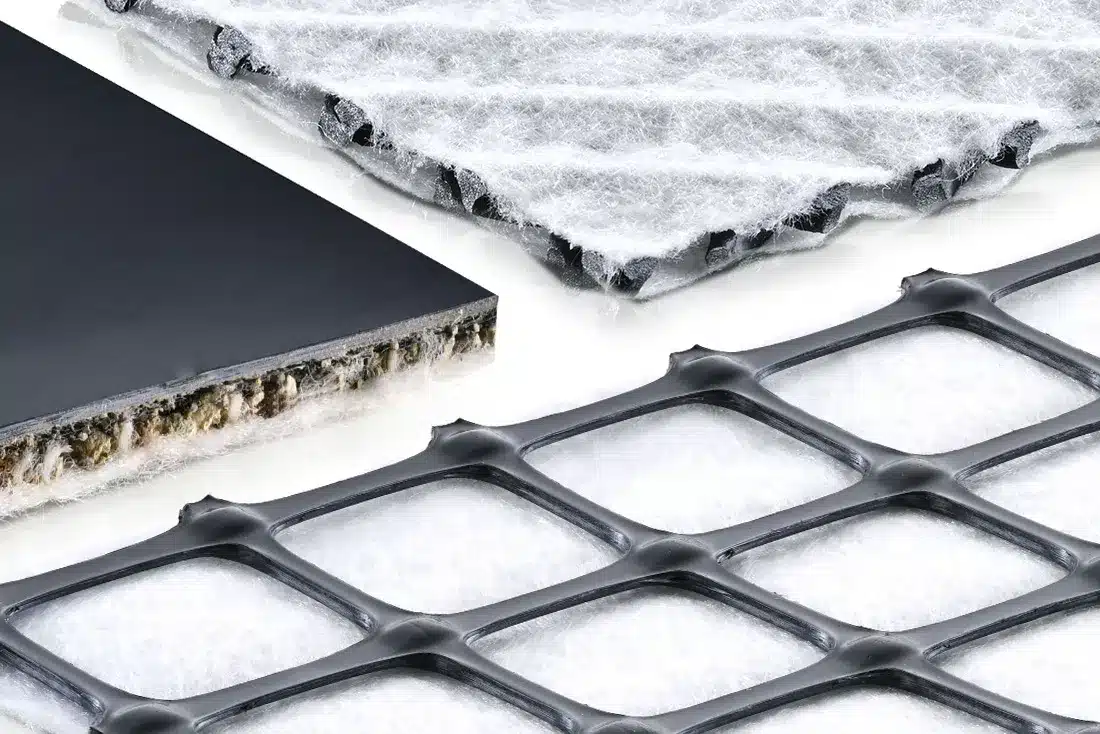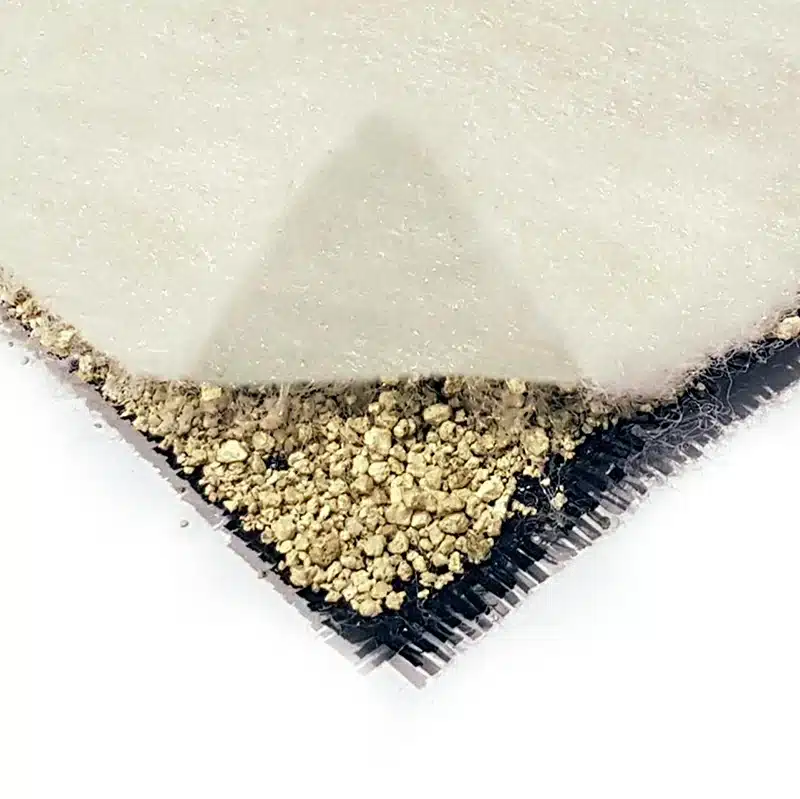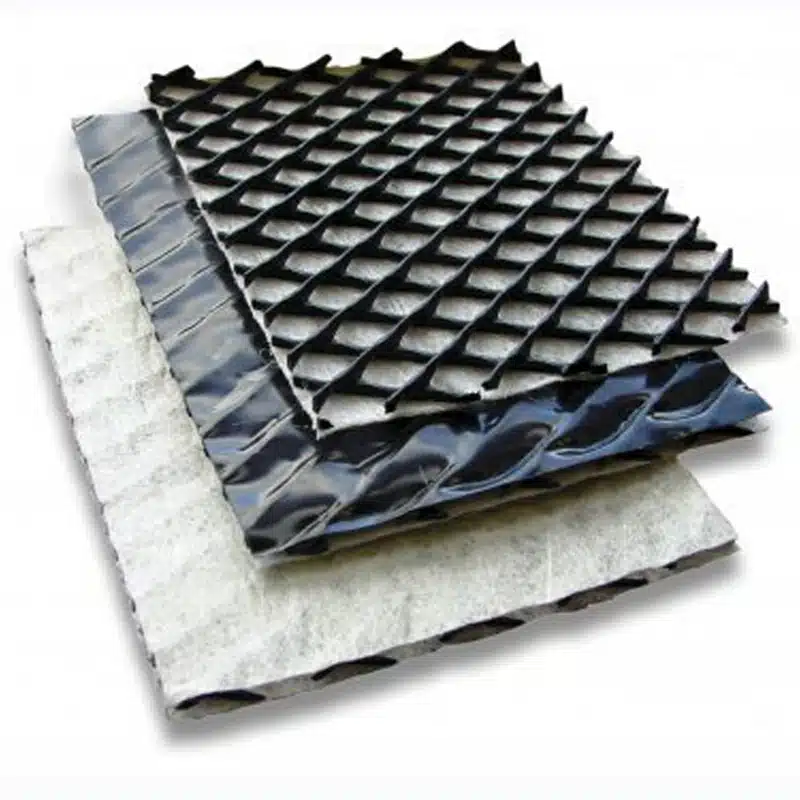+86-159 9860 6917
info@geofantex.com
geofantex@gmail.com
+86-400-8266163-44899
Geocomposite wall drains are an advanced drainage solution that has revolutionized the construction and civil engineering industries. Combining multiple layers of different materials, these composite systems are designed to effectively manage water flow and prevent the accumulation of excess moisture, which can lead to structural issues. This article explores the intricacies of geocomposite drains, including their composition, thickness, comparison with traditional geotextiles, and their various applications.
What is a Geocomposite Drain?
A geocomposite drain is a multifunctional, engineered material made by bonding membranes, nets, and geotextiles in a variety of combinations to create alternatives to conventional solutions. This method combines geotextiles with other drainage materials like geonets or geomembranes, enhancing the overall drainage capabilities. Effectively capturing and redirecting water away from structural foundations and other critical areas, this composite structure is engineered to provide high tensile strength, excellent filtration, and reliable hydrostatic pressure resistance. Such characteristics make geocomposite drains ideal for a wide range of construction projects.

How Thick is a Geocomposite Wall Drain?
The thickness of a geocomposite wall drain can vary significantly depending on the specific requirements of a project and the materials used. Typically, the thickness ranges between 4 and 10 mm, although it can extend to several centimeters for specialized applications. Manufacturers can customize the layers and thickness to suit particular applications, ensuring optimal performance in water drainage and soil filtration. The chosen thickness directly affects the drain’s efficiency in water conductivity and load-bearing capacity.
What is the Difference Between Geotextile and Geocomposite?
Geotextiles and geocomposites, while often used in similar contexts, differ primarily in their structure and functionality. Geotextiles are permeable fabrics that, when used in association with soil, can separate, filter, reinforce, protect, or drain. A geocomposite, on the other hand, consists of a combination of one or more geosynthetics, specifically a geogrid, a geotextile, a geomembrane, and/or a geonet, with another material. This combination forms a more complex system designed for specific functions such as drainage, barrier applications, or stabilization, enhancing the overall performance and adaptability of geocomposites in various engineering applications.
What is the Use of Geocomposite?
Geocomposites serve a wide range of applications across different sectors, providing benefits in separation, drainage, filtration, and reinforcement. In civil engineering, they are used for soil reinforcement, road construction, and landfill liners. In building construction, they are essential for waterproofing, foundation wall protection, and drainage systems. Geocomposite drains are particularly beneficial in areas where high levels of groundwater can pose problems, such as retaining walls, underground parking lots, and gardens. They are also used in environmental applications to protect ecosystems from contaminated runoff and erosion.
Geocomposite wall drains represent a significant advancement in drainage technology, offering robust, efficient, and versatile solutions for managing water flow in diverse construction and environmental settings. Their ability to combine the best properties of different materials into a single, effective unit makes them invaluable in modern construction and civil engineering projects. Understanding the distinct characteristics and applications of geocomposite drains can aid in choosing the right drainage solutions for any project, ensuring longevity and structural integrity.



Get Free Sample
We’ll respond as soon as possible(within 12 hours)






















